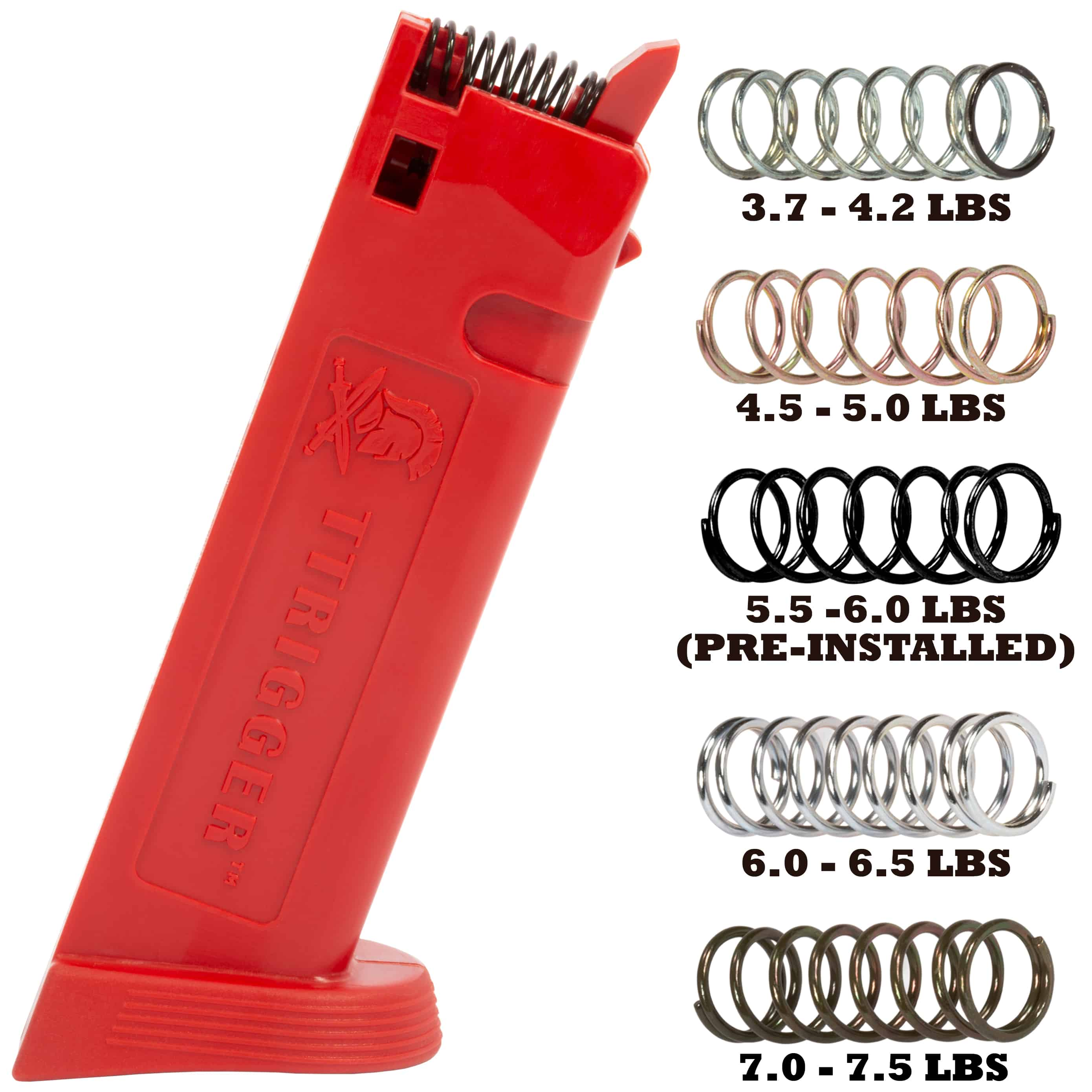Dry firing is a practice that has been the subject of much debate in the firearms community. Some people believe that dry firing can damage their firearms, while others claim it is safe. In this article, we will explore the topic of dry firing and provide a comprehensive overview of what it is, whether it is safe, and the benefits of incorporating it into your firearms training routine.
What is Dry Firing?
Dry firing is the act of pulling the trigger on a firearm without any ammunition in the chamber. The purpose of dry firing is to simulate shooting without the noise, recoil, or expense of using live ammunition. This can be useful for a variety of reasons, including practicing your aim, improving your trigger control, and familiarizing yourself with your firearm’s functions.

Is Dry Firing Safe?
One of the biggest concerns that people have about dry firing is that it can damage their firearms. However, modern firearms are generally designed to withstand dry firing without any problems. There are a few exceptions to this rule, such as rimfire firearms or older firearms with fragile firing pins, but for the most part, dry firing is safe for modern firearms.
Here are a few of the benefits:
- Improved Trigger Control Dry firing allows you to practice pulling the trigger without any distractions or external factors. This can help you improve your trigger control and reduce the likelihood of flinching or jerking when you shoot live ammunition.
- Familiarization with Your Firearm Dry firing can help you become more familiar with the functions and controls of your firearm. This can be especially useful for new gun owners who are still learning the ropes.
- Cost-Effective Practice Live ammunition can be expensive and shooting at a range can add up quickly. Dry firing is a cost-effective way to get in some practice without breaking the bank.
- Practice Anytime, Anywhere With dry firing, you can practice anytime, anywhere. All you need is a safe space to point your firearm and some time to focus on your technique.
Here are a few tips:
- Check Your Firearm Before you start dry firing, it’s important to make sure that your firearm is unloaded. Check the chamber and magazine to ensure that there is no live ammunition present.
- Choose a Safe Location When you’re dry firing, you still need to treat your firearm as if it were loaded. Make sure that you’re in a safe location where you won’t accidentally point the firearm at someone or something that you don’t want to shoot.
- Use Snap Caps Snap caps are dummy rounds that are designed to be used in dry firing. They can help protect your firearm’s firing pin from damage and also give you a more realistic trigger pull. Make sure that you’re using the right snap caps for your firearm, as different calibers may require different snap caps.
- Practice Good Trigger Control When you’re dry firing, it’s important to practice good trigger control. Focus on pulling the trigger smoothly and steadily, without flinching or jerking. Pay attention to your breathing and body position to ensure that you’re as stable as possible.
Here are a few ideas:
- Warm-Up Before you start shooting live ammunition, warm up with some dry firing. This can help you get in the right mindset and focus on your technique.
- Target Practice Set up a target in a safe location and practice your aim with dry firing. This can help you improve your accuracy and build muscle memory.
- Trigger Control Practice Focus on your trigger control with dry firing. Try to pull the trigger as smoothly and steadily as possible, without any jerking or flinching.
- Practice with Your Holster If you carry a firearm, practice drawing from your holster with dry firing. This can help you build muscle memory and improve your reaction time in a real-world situation.
Conclusion Dry firing is a safe and effective way to improve firearms training. It can help you improve your aim, trigger control, and overall familiarity with your firearm. By following the proper safety precautions and incorporating dry firing into your training routine, you can become a more confident and skilled shooter.
Coper is highly experienced in creating engaging content that adds real value to a blog, website, or brand.